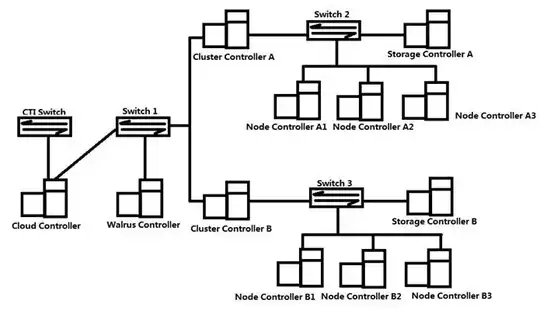The command in syneticon-dj's answer does not work, because a normal elevated administrator does not have write access to the key. The comments mention that you need to change the permissions. But this involves a lot of clicking in regedit.exe and does not work for scripted installations.
I use the following PowerShell script:
$definition = @"
using System;
using System.Runtime.InteropServices;
namespace Win32Api
{
public class NtDll
{
[DllImport("ntdll.dll", EntryPoint="RtlAdjustPrivilege")]
public static extern int RtlAdjustPrivilege(ulong Privilege, bool Enable, bool CurrentThread, ref bool Enabled);
}
}
"@
Add-Type -TypeDefinition $definition -PassThru | out-null
$bEnabled = $false
# Enable SeTakeOwnershipPrivilege
$res = [Win32Api.NtDll]::RtlAdjustPrivilege(9, $true, $false, [ref]$bEnabled)
$key = [Microsoft.Win32.Registry]::LocalMachine.OpenSubKey("SOFTWARE\Microsoft\Windows NT\CurrentVersion\Winlogon\AlternateShells\AvailableShells", [Microsoft.Win32.RegistryKeyPermissionCheck]::ReadWriteSubTree,[System.Security.AccessControl.RegistryRights]::takeownership)
$acl = $key.GetAccessControl()
$acl.SetOwner([System.Security.Principal.NTAccount]"Administrators")
$key.SetAccessControl($acl)
$rule = New-Object System.Security.AccessControl.RegistryAccessRule ("BUILTIN\Administrators","FullControl","Allow")
$acl.SetAccessRule($rule)
$key.SetAccessControl($acl)
New-ItemProperty -path "HKLM:\SOFTWARE\Microsoft\Windows NT\CurrentVersion\Winlogon\AlternateShells\AvailableShells" -name 90000 -value "%SYSTEMROOT%\System32\WindowsPowerShell\v1.0\Powershell.exe" -propertyType String
it first changes the permissions on the key and then sets PowerShell as the shell.
Notice this may only work on an English OS, as it refers to the 'Administrators' group.
